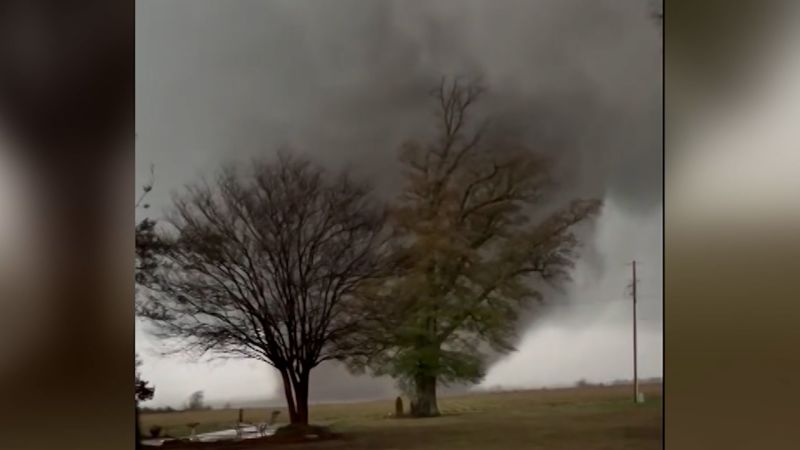
FARGO — Two winters with limited snow cover has led to two springs with a high wildfire risk across North Dakota and northwest Minnesota. However, true drought conditions are really only developed during the warm season. During winter, the ground is usually colder than 32 degrees often to a depth of several feet.
Liquid water from rain or melting snow has a very hard time penetrating the cold ground because it instantly freezes, sealing the soil surface from additional penetration.For this reason, most winter precipitation, even in a very snowy winter season, runs off into rivers. Even during a serious spring flood, only the top few inches of soil are usually saturated.

If it doesn't rain in May and throughout the summer, drought can develop or worsen, no matter how much snow there was during winter. What a snow-less winter does is increase the danger of spring wildfires due to all the exposed dead vegetation. Today's snow helps alleviate that situation.
]]>.















